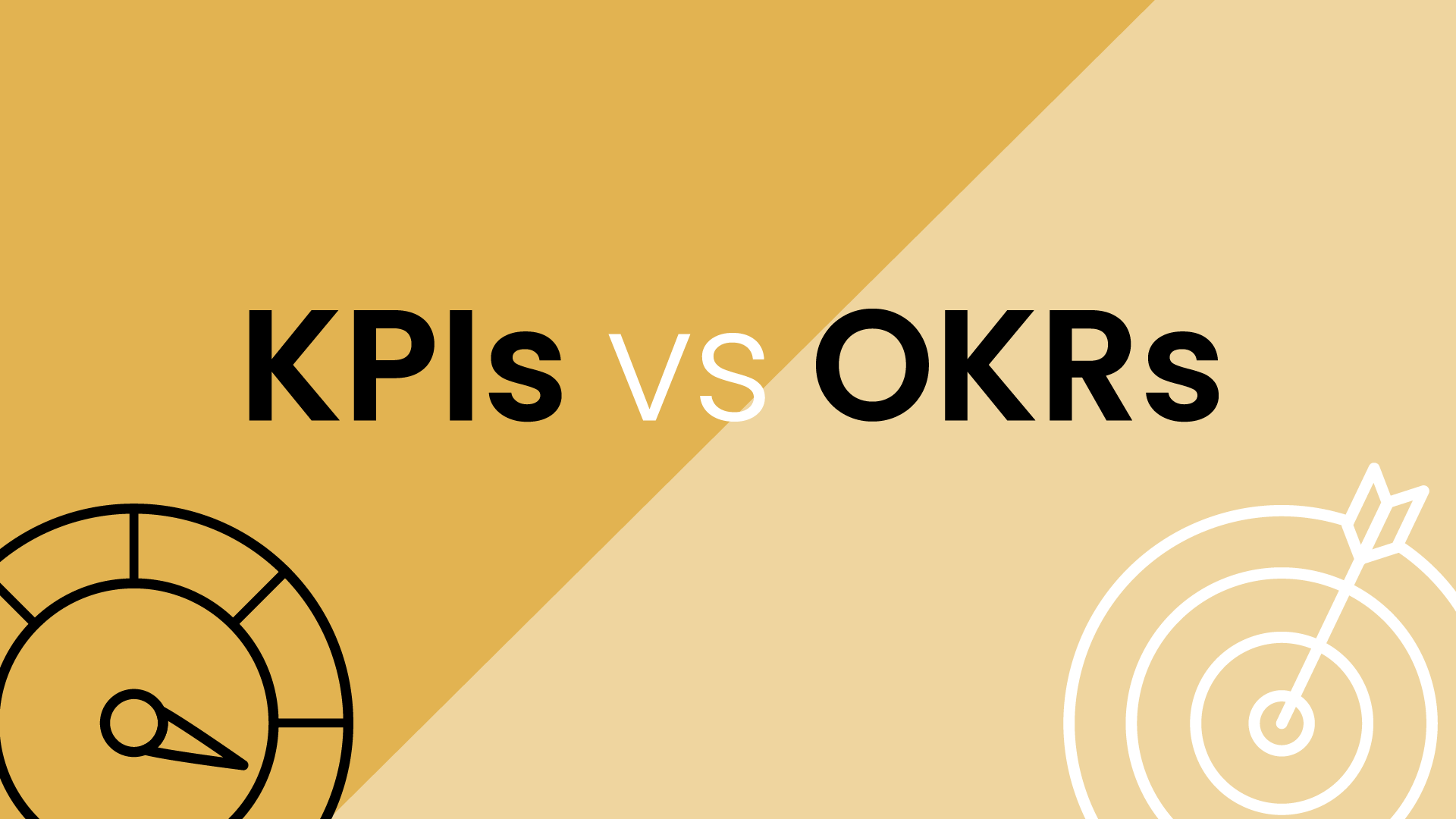What does asynchronous mean?
Asynchronous refers to work styles and workplace communication that don't require everyone to be online or available at the same exact time. This means employees have the flexibility to work on tasks when they best suit their schedule and focus, rather than being tied to constant meetings or immediate responses.
Instead of real-time interactions, asynchronous businesses rely on digital communication tools like email, project management platforms, and recorded videos for status updates. This allows greater autonomy for employees, accommodates different time zones in remote teams, and can promote a culture focused on results rather than just being present.
How does being asynchronous work?
Asynchronous work and communication rely on the principle that you don't need real-time interaction for effective communication to occur. Here's a breakdown of how it works:
1. Flexible schedules
Employees have more control over their workday, fitting tasks around their most productive hours, personal obligations, and even different timezones. This reduces the need for strict "9 to 5" schedules, as long as deadlines are met.
2. Focus on documentation
Clear and detailed documentation becomes indispensable. Project updates, instructions, and meeting notes must be easily accessible to team members working at different times. This guarantees everyone has the information they need, regardless of when they're online.
3. Tools for communication & collaboration
Email, project management tools (Asana, Trello, etc.), and collaborative documents (Google Docs, etc.) become necessary for asynchronous work. Recorded videos or voice memos can add nuance and context that text-based communication sometimes lacks.
4. Emphasis on results
In an async environment, when tasks are expected to be completed independently, the focus shifts from how many hours someone is online to the quality of their output and whether they meet deadlines. This emphasizes trust and empowers employees to manage their own time more effectively.
5. Thoughtful time management
Employees working asynchronously have to be proactive with their time, blocking out focused work periods and prioritizing important tasks. Clear expectations about response times (e.g., within 24 hours), can help manage the flow of information and avoid delays.
How it works in action
Imagine a team working on a project with members in different time zones. Instead of trying to coordinate real-time meetings, they might:
- Use a project management tool to set task deadlines and track progress.
- Post detailed updates in a shared document for team members to catch up on at their convenience.
- Share feedback on proposals via comments or recorded voice notes.
Why is asynchronous work important?
Asynchronous communication and work has become crucial in today's work environment for several reasons:
- Adapting to remote & hybrid work: The rise of remote and hybrid work models makes it difficult to coordinate schedules for real-time communication across locations and time zones, but asynchronous communication can help bridge this gap.
- Respecting individuals' focus time: Asynchronous communication helps eliminate constant interruptions, respecting individuals' deep work and peak productivity hours. This leads to higher-quality output, more deep work, and a better sense of control over one's time.
- Creating a more inclusive workplace: Asynchronous methods empower individuals who might be less comfortable in fast-paced, real-time communication (e.g., introverts or those processing information differently). It allows for more thoughtful responses and encourages broader participation.
- Promoting documentation & transparency: The inherent written nature of asynchronous communication creates a record of discussions, decisions, and project updates. This improves knowledge sharing and reduces the need to repeat information.
- Reducing burnout: Asynchronous communication helps combat the "always-on" culture that leads to burnout. It gives people space to disconnect and recharge, promoting better mental health and overall well-being.
- Reduced meeting fatigue: Many discussions and decisions can be handled asynchronously, lessening the need for constant meetings and mitigating the burnout associated with excessive video calls.
What are the challenges that come with being asynchronous?
While asynchronous work offers many benefits, it also comes with a unique set of challenges that companies and individuals need to overcome:
1. Communication delays
The lack of an immediate response in an asynchronous environment can slow down decision-making, especially for urgent matters. It can be harder to read the tone and nuance in written communication, leading to misunderstandings. Misaligned expectations about response times can cause frustration.
2. Potential for isolation
Working remotely and asynchronously can cut down on the social interactions of a traditional office, leading to feelings of isolation. It takes more effort to build team rapport and foster a sense of camaraderie.
3. Difficulty maintaining work-life boundaries
Without a clear start and end to the workday, it can be easy to overwork or feel "always on," blurring the lines between work and personal time. Employees may feel pressured to respond immediately outside of working hours due to a lack of established boundaries.
4. Need for self-discipline & time management
Asynchronous work requires strong self-motivation and the ability to manage time effectively. Procrastination and distractions can be a bigger issue without the structure of a traditional office environment.
5. Technology & tool reliance
Asynchronous collaboration heavily depends on good internet connections and reliable tools. Teams need to adopt the right communication and project management platforms for success and provide training to ensure everyone is comfortable.
6. Potential for micromanagement
Managers accustomed to traditional work environments may feel a lack of control in an asynchronous setting. This can lead to micromanaging, as they might feel the need to over-communicate or monitor employee activity closely.


















